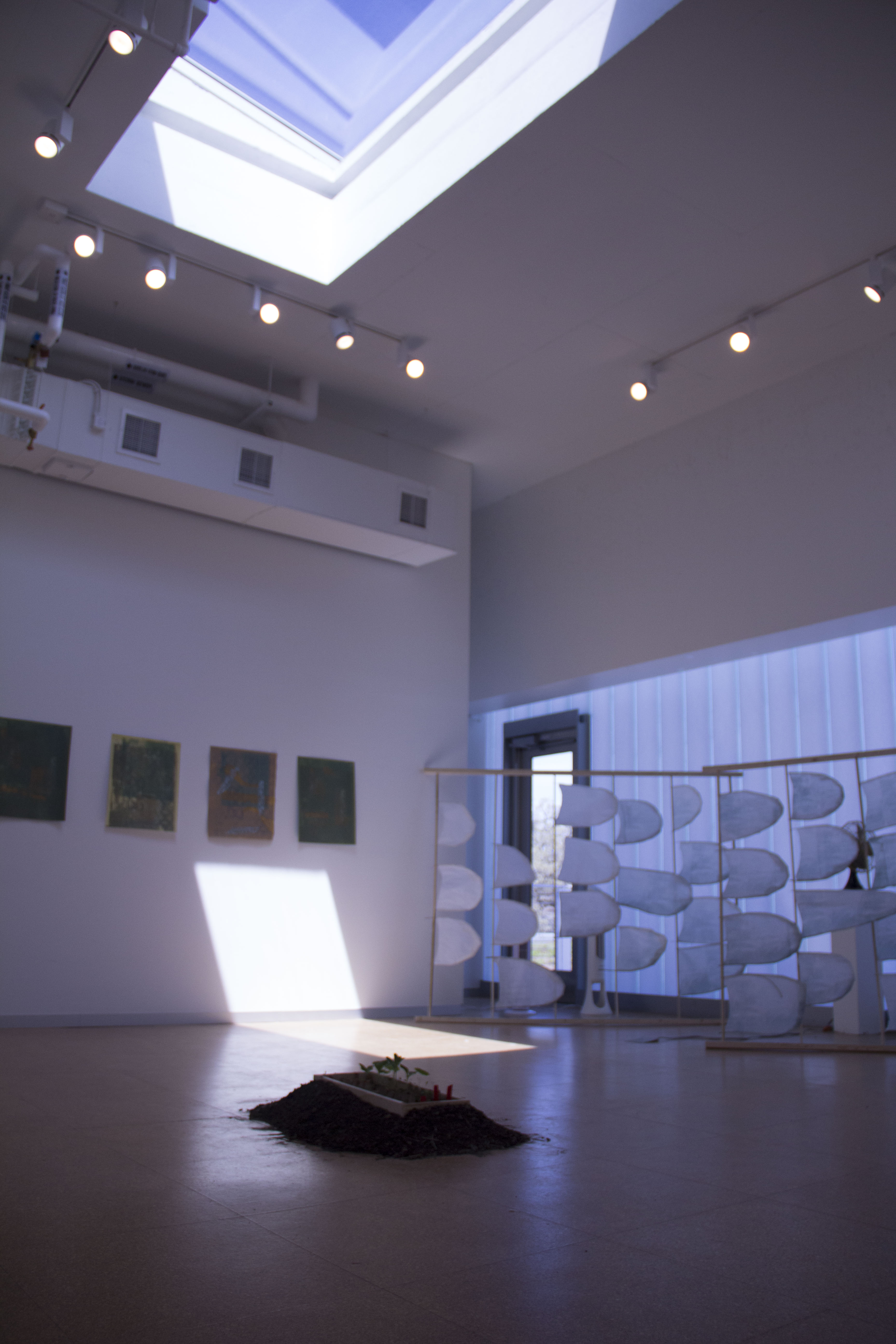
 Allotment // A Lot Meant
Allotment // A Lot Meant Abrigments
Abrigments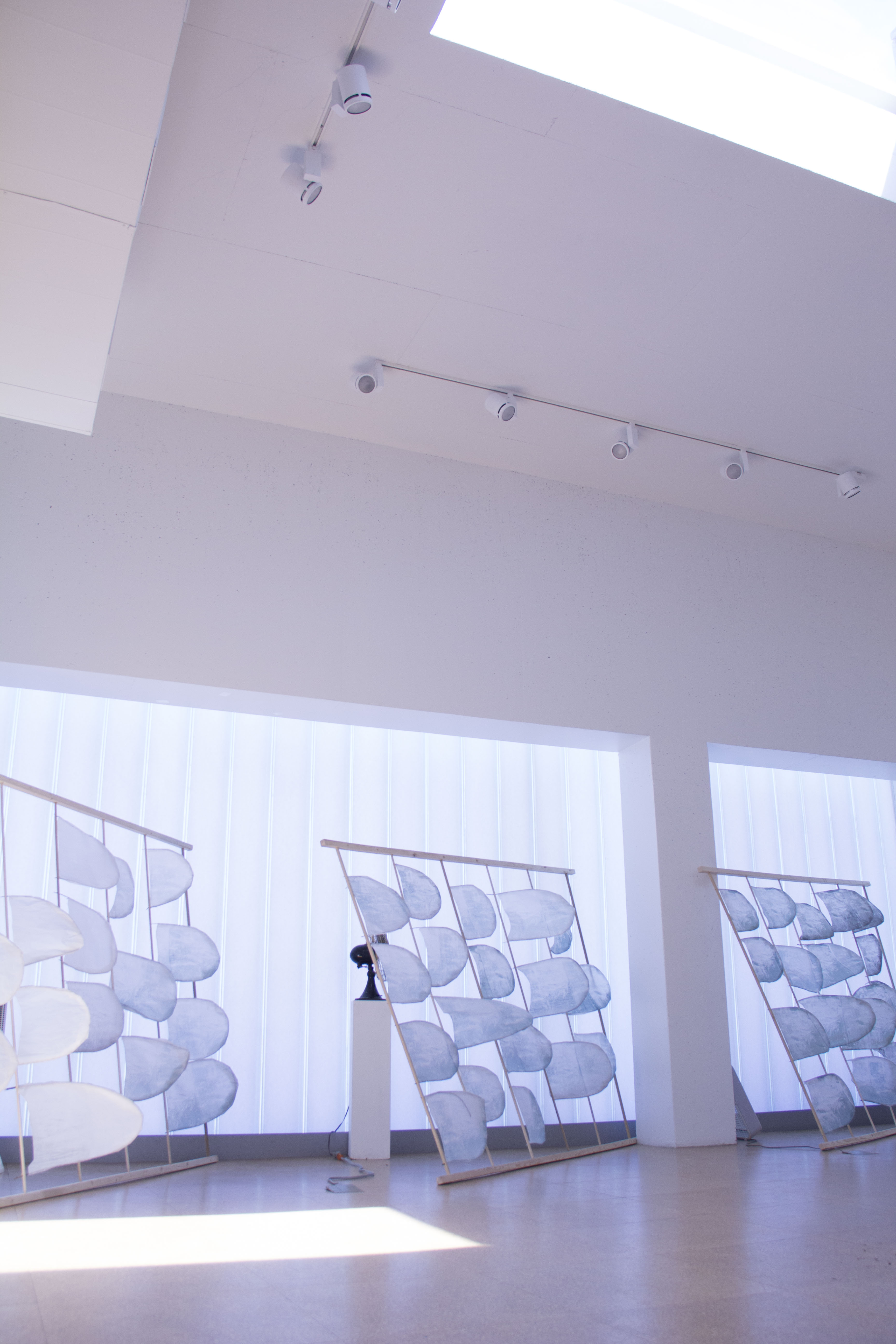 Featherfinwingdoodles
Featherfinwingdoodles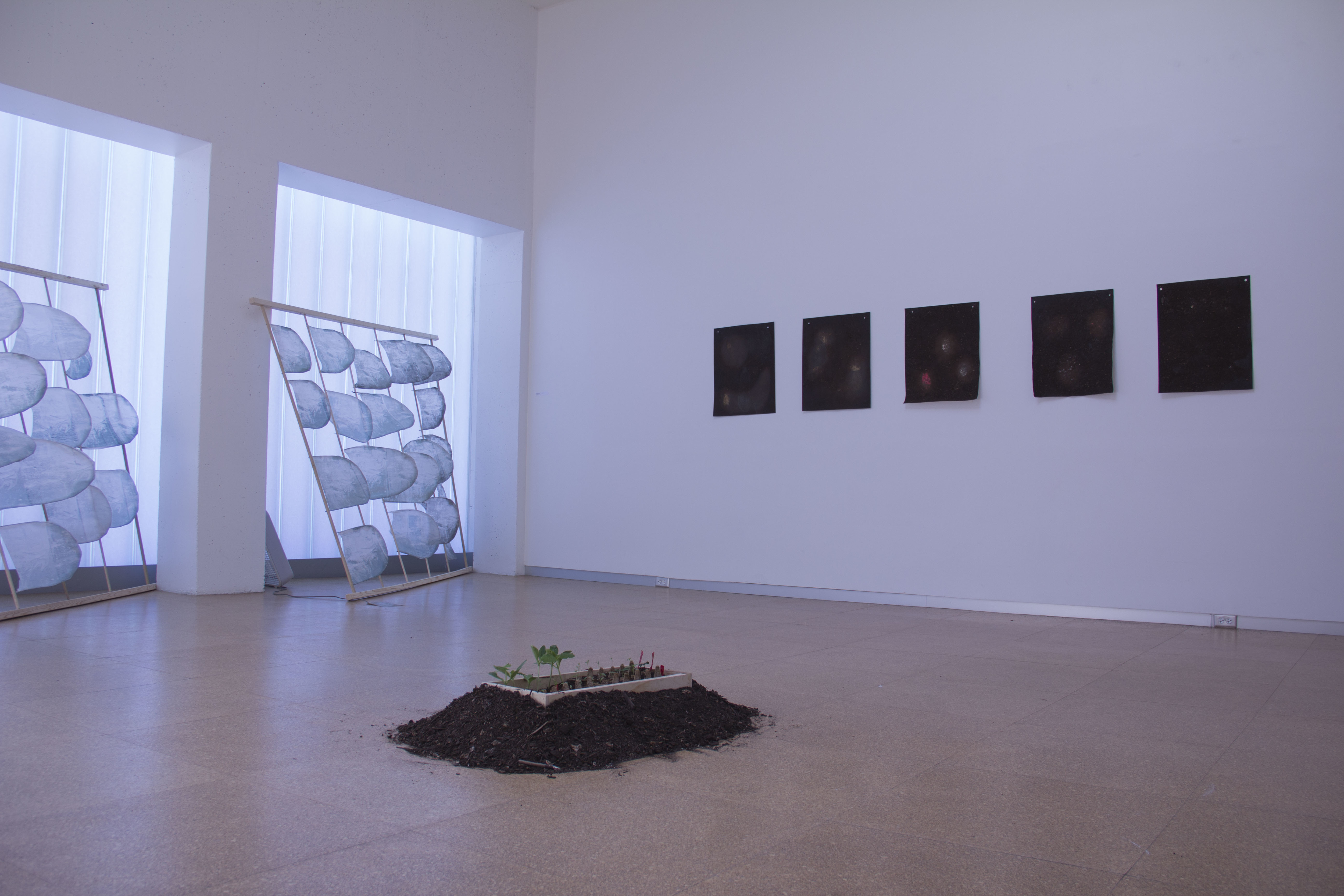
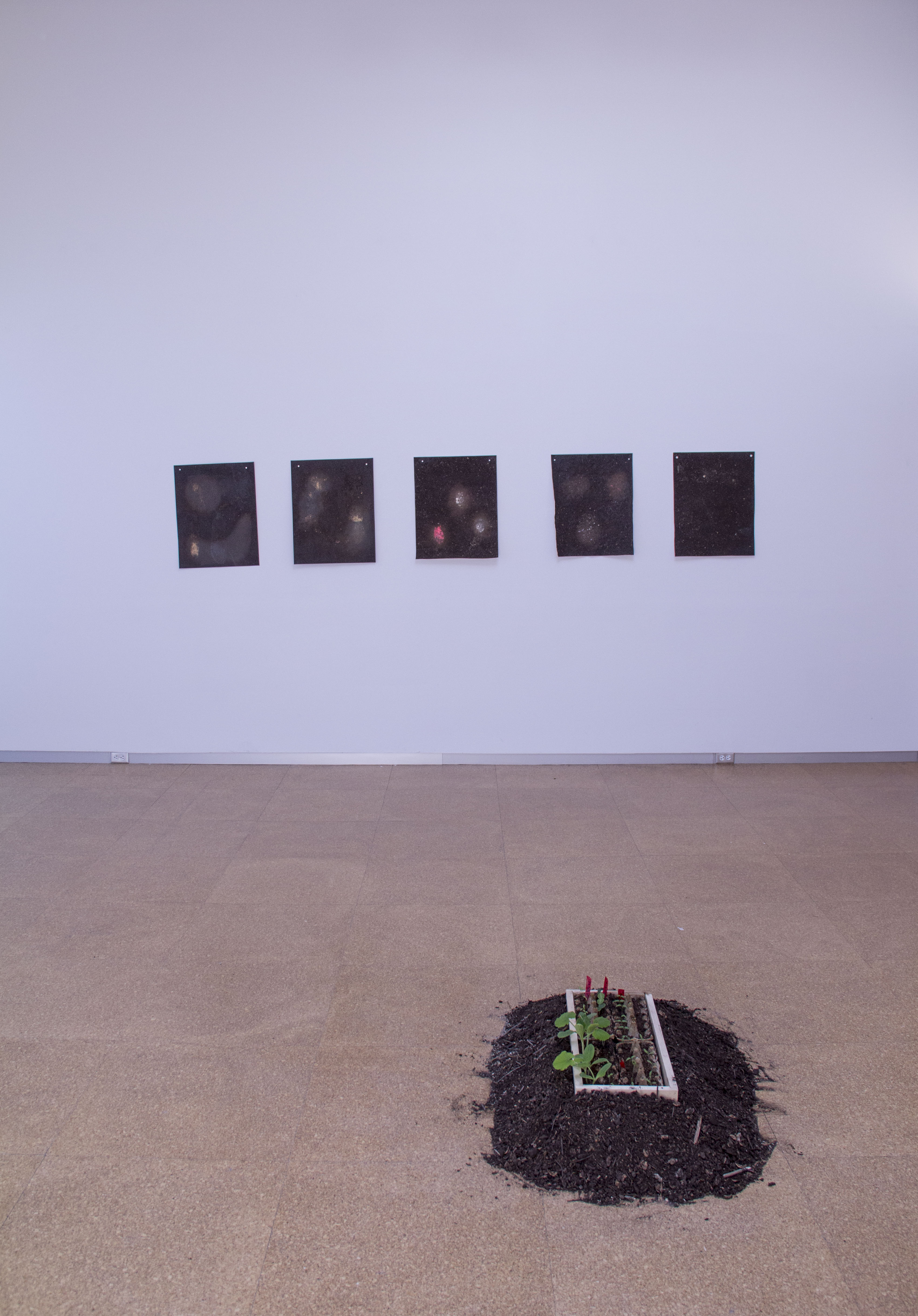 Abridgments
Abridgments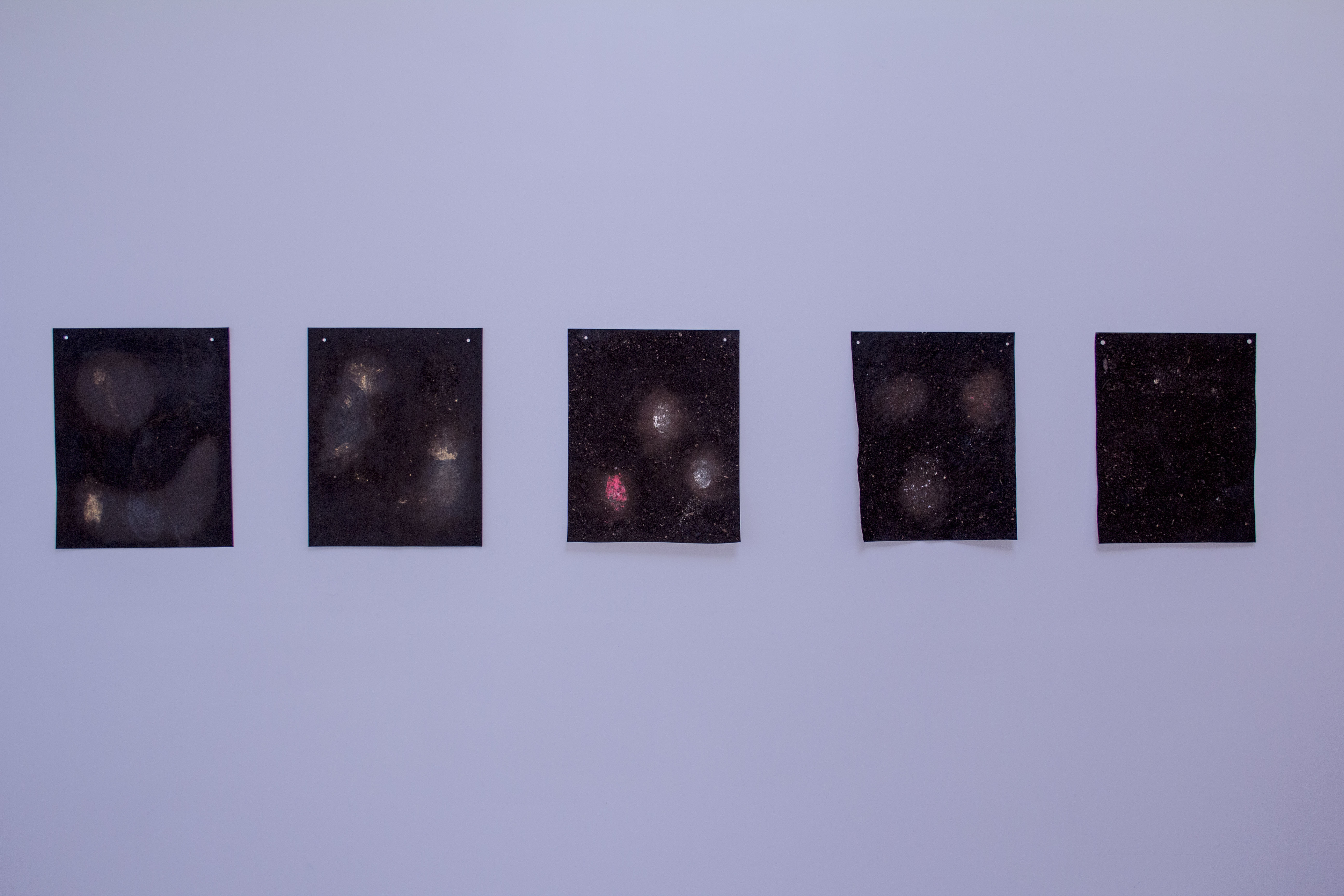 Abridgments
Abridgments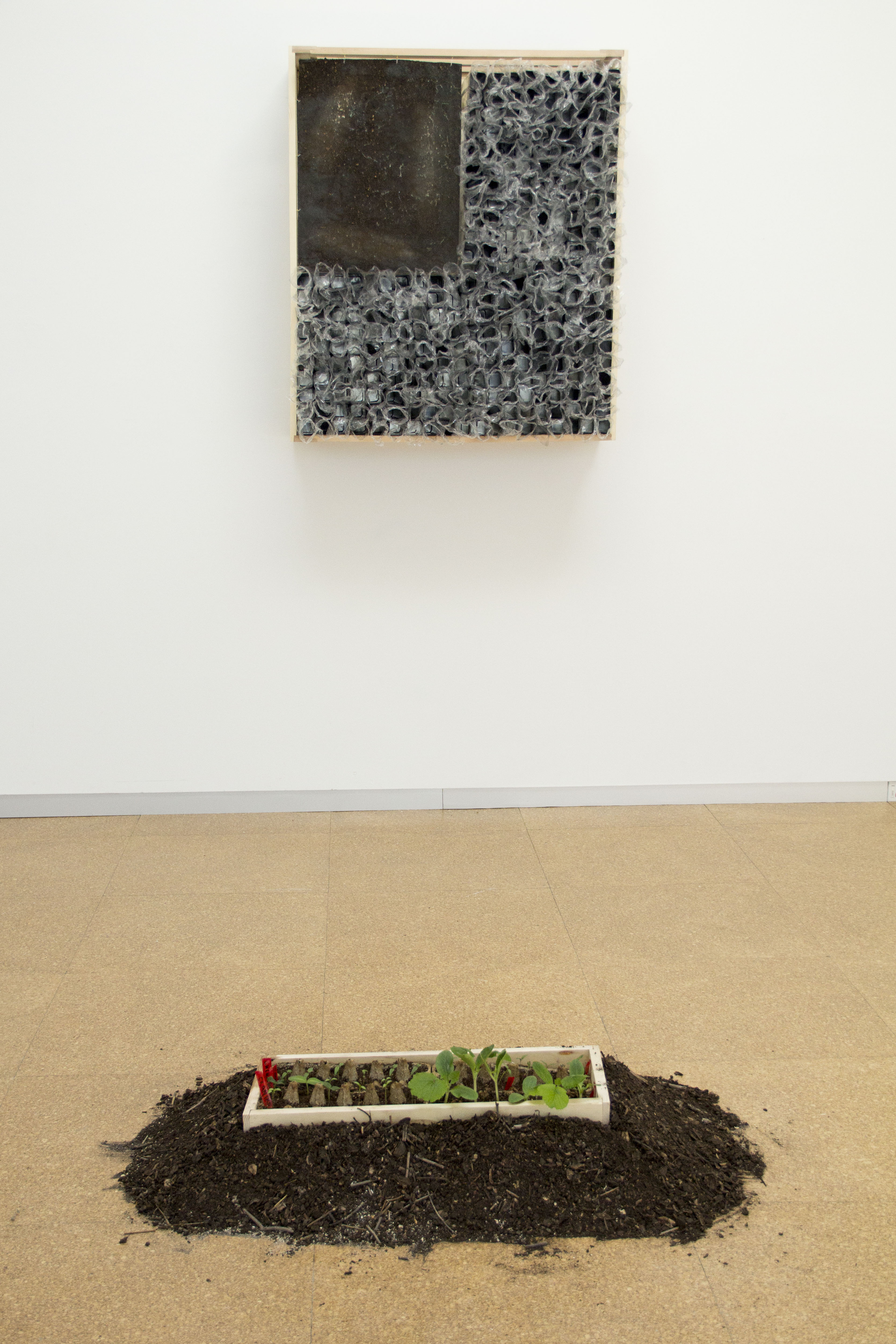 Allotment // A Lot Meant
Allotment // A Lot Meant Allotment // A Lot Meant
Allotment // A Lot Meant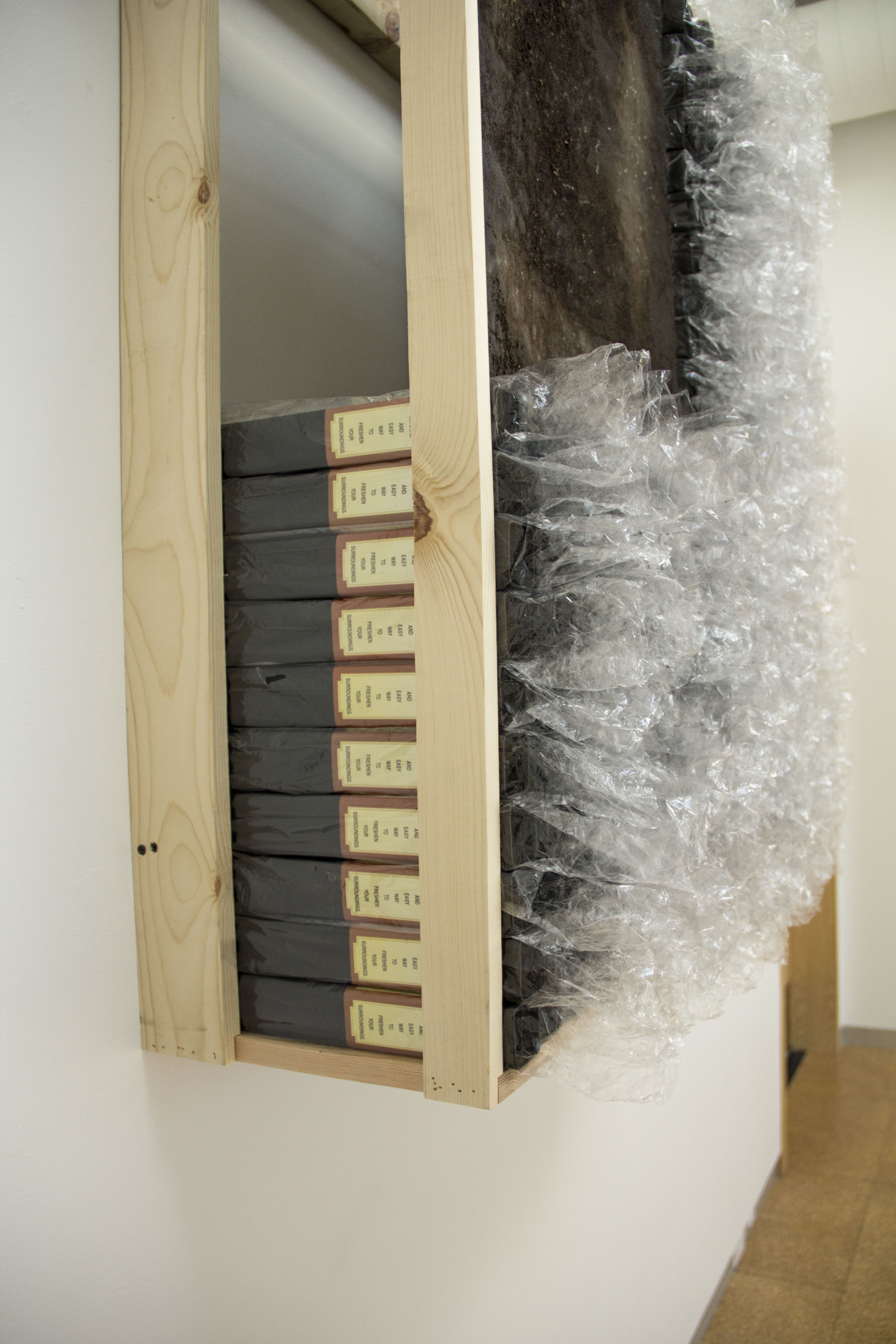 Allotment // A Lot Meant
Allotment // A Lot Meant Allotment // A Lot Meant
Allotment // A Lot MeantAllotment // A lot meant is an exploration of projected identity as it is defined by physical, emotional, spiritual, social, and environmental spaces. Allotment // A lot meant (part of a larger exhibition, Abridgment) broadens the artistic dissemination of allotment and how the colonized term relates to America's historical relationships between marginalized groups of people.
From the two sculptural pieces in conversation one could carefully observe that they are made of similar materials. The larger of the two, mounted on the wall, is constructed with whitewood, hollowed tins cloaked in a plastic film, with a label on the side that reads: "A natural and easy way to freshen your surroundings." Approaching the sculpture one detects the faintest smell of what used to be the contents, incense produced for and imported to the United States. Looking further to the top left, part of the piece is a print flocked with a thin layer of cotton burr compost, made in the USA. The layer has been excavated to uncover past/ previous layers but what remains is faded, blocked, and erased by the thin veil of organic material. What also remains is a small glimmer of golden foil from the first painted layer.
From a distance one could trace the outlines of the U.S. flag; in place of red and white stripes the hollowed spaces represent those who have been cast out as a result of erasure. The reflective surfaces at the very back of these hollowed spaces provide a divided, muddled, and gridded mirror for onlookers. 50 stars replaced by the very soil of the colonized united states, decomposing, composing, the remnants of the cotton ginning process.
In conversation with the larger piece is a small allotment of sprouted and growing vegetable starters, those used to produce a recipe to make salsa. The plants are individually divided in egg cartons, growing from the same composted soil used in the opposite sculpture. Surrounding the growing plants is a wooden border made of whitewood. The soil from within the box flows and expands beneath the border and questions the necessity of the whitewood walls.
Questions/ Considerations
What is pollution? What is pureness? Are all those living in the united states granted the same access to safe drinking water? Who has access to safe drinking water in the united states? Modern Erasure? What constitutes inclusion, exclusion? What is a political border, or a geographical border? What necessitates a wall?